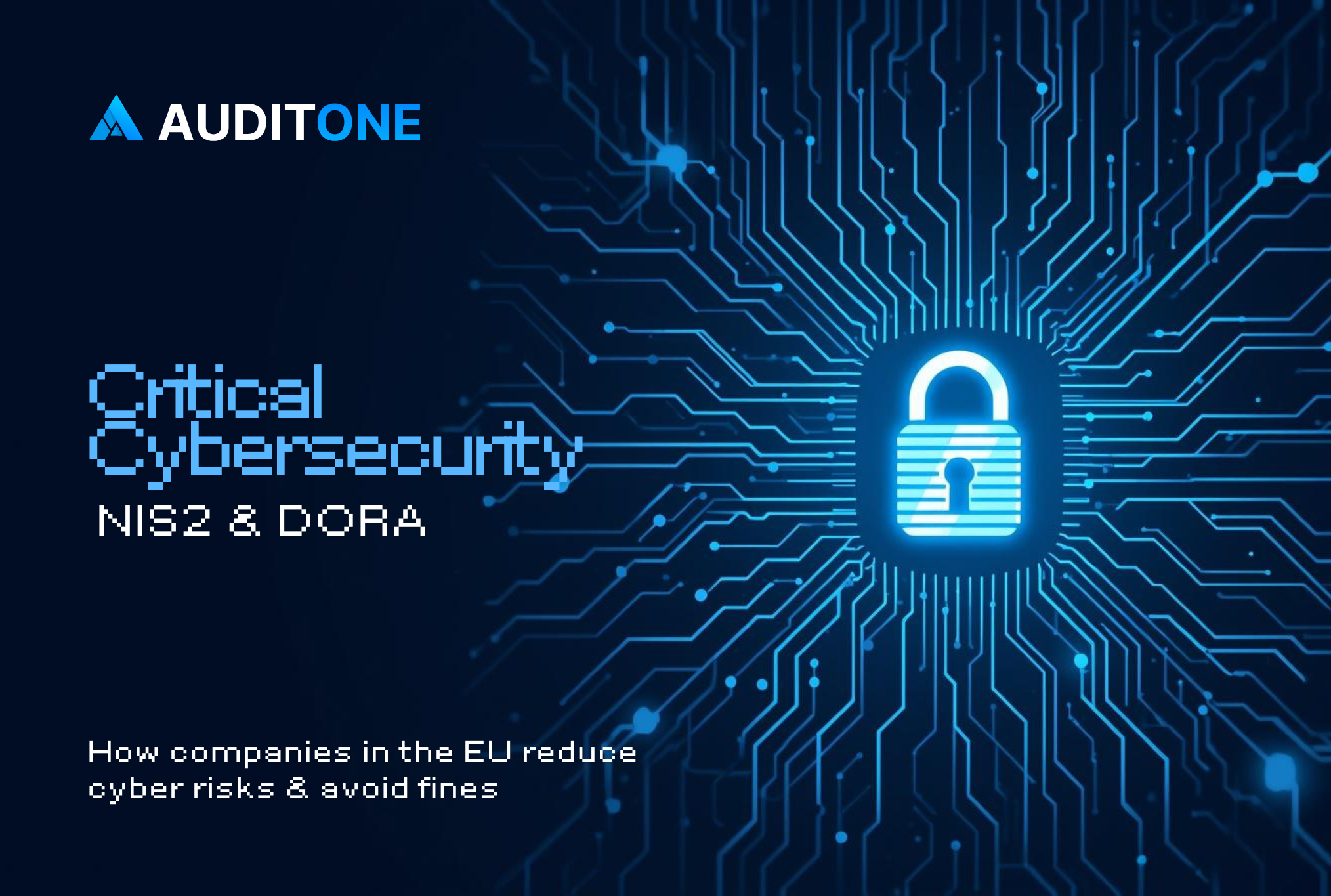Everyone wants to enjoy their gains from an investment, but the only way to enjoy profits is to have a safe web3, so safety should be all of our business, right? Web3, as are all of its security measures, is still relatively new, but that shouldn’t stop us from ensuring it is the best it can be.
Securing a smart contract requires a multi-layered approach that should be implemented before and after deployment. Some of these measures involve fixed points in time, e.g., audits, while others are performed continuously. Certain security measures are designed to encourage community participation, while others are implemented to restrict access to specific individuals. Smart contracts require continuous refinement of best practices due to the constantly evolving landscape of new coding patterns, security risks, and industry standards. This ensures a higher degree of trust, reliability, and security. Still, they cannot guarantee the complete elimination of risks.
Web3 security measures comprise the following but are not limited to:

This post will focus on some of the post-deployment security methods that have proven effective in safeguarding the protocols we value.
1. Coverage pools
Web3 technology has made many promises, and one of them is insurance. In the past, insurance was only available through government-mandated organizations. However, with the introduction of blockchain technology, it has been transformed into a community-owned entity. Currently, less than 1% of digital assets are insured, which creates a perfect opportunity for insurance to fill the gap. Specialized insurance products that cover potential losses caused by vulnerabilities or exploits will boost confidence in the technology. Users need to trust that insurance will fulfill its promises. Currently, web3 projects can obtain insurance from various platforms, including Chainproof and Nexus Mutual, which offer multiple types of insurance pools, providing their customers with a wide selection. Web3 native insurance, such as Nexus Mutual, provides $400 million in coverage; they understand what is essential.
2. Competitive Auditing Platform
A smart contract auditing competition harnesses the power of the community and gamifies the auditing process simultaneously. Auditors compete against each other to find as many valid issues as possible. They are rewarded based on the value and quality of their findings. It reduces wait time for audits as competitions can start whenever auditors are free, and it opens the door to a large group of security experts combing through the codebase to identify vulnerabilities, inefficiencies, and any other potential issues.
3. On-Chain Monitoring
Smart contracts, oracles, and bridges can be monitored through on-chain monitoring to detect any suspicious activity that may be taking place. This monitoring can be accomplished in real-time using distributed nodes and bots to gather data on attacks or suspicious activities before they happen and provide a way for users to respond quickly. It is open and continuous because it relies on the transparency of the blockchain. Transactions are closely monitored to ensure they make logical sense and no mixers are used. It should operate openly to encourage community involvement, as multiple participants can monitor and contribute to network security.
Related Article: What is on-chain monitoring?

AuditOne and Cyvers collaborate to monitor hacking attempts by tracking transactions using Machine Learning algorithms and webhooks to alert in real-time for suspicious activity.
4. Bug Bounties

Ethical hackers / external security researchers search for software and network vulnerabilities. They increasingly seeing the value in the rewards available in web3 bounty programs. Aurora offers between $500- $1,000,000 on AuditOne for a bounty program. Vulnerabilities are identified and fixed before malicious actors can exploit them. Platforms such as Code4rena, AuditOne, and Immunefi provide these bounty systems. Development teams should encourage their communities to participate in bug bounties and incentivize them to enhance security. Developers need more incentives for their efforts, and web3 security projects are trying to meet the demand. Bug bounties and audit contests have many similarities as they are both transparent and open to community participation. However, the main difference between the two is that contests are fixed in time, while bounties can be carried out continuously for the protocol life.
5. Incident Response Planning
To respond promptly to any security issues, using the right tools, personnel, processes, and automation is important. Assigning responsibilities and developing processes that include scenario drills can help ensure a smooth response. Integration of automation into incident response can further streamline the process. It is also crucial to have a good incident response plan in place once a threat is detected. Consider pausing the contract and getting multi-sig signers to respond if necessary. Clear communication channels are important to avoid confusion. Discovering incidents without increasing the risk of them worsening is key. Identify who is responsible for monitoring and triaging incidents. Finally, a postmortem must be conducted to determine what went wrong and signal that security is taken seriously.
Conclusion
Web3 technology presents new security challenges that require innovative solutions. The use of coverage pools, competitive auditing platforms, on-chain monitoring, bug bounties, and incident response planning are all crucial in enhancing the security of web3 projects. With the rise of decentralized applications and digital assets, it is essential to prioritize security measures to protect users and their investments. By implementing these security protocols, web3 projects can improve their credibility, boost user confidence, and attract more investors to the ecosystem.
Join AuditOne as an Auditor: https://www.auditone.io/auditors
.svg)


.svg)
.svg)

.jpg)






